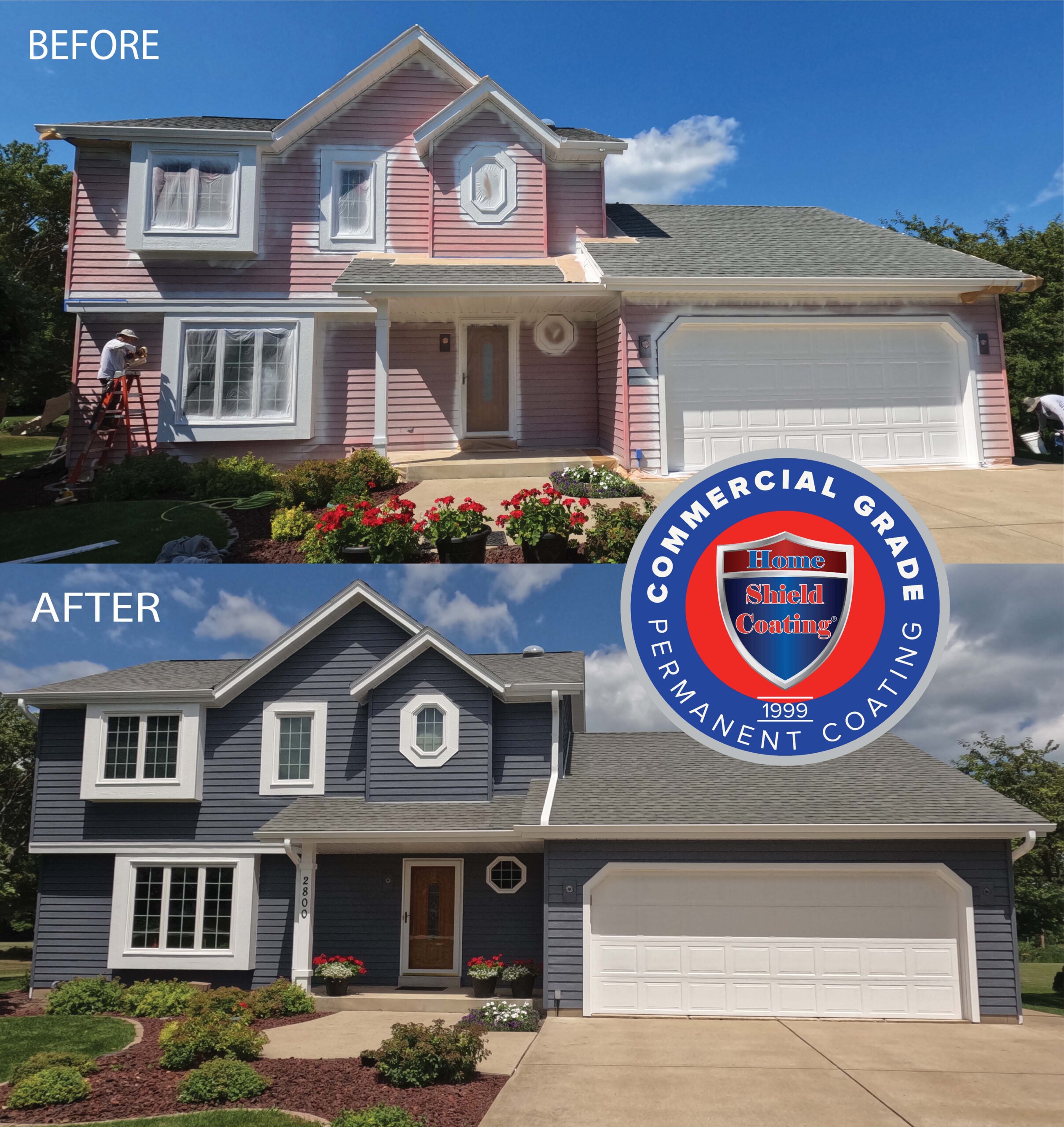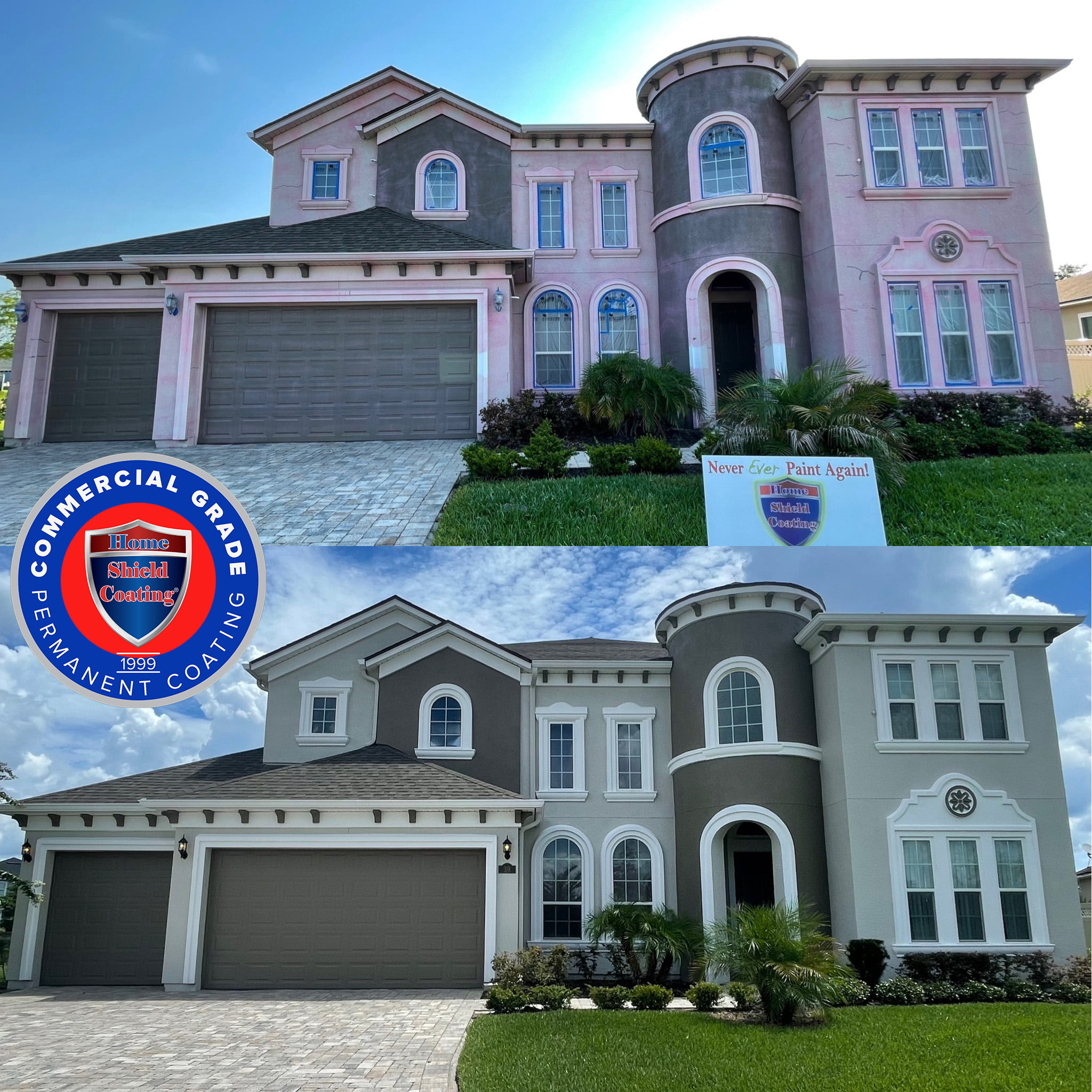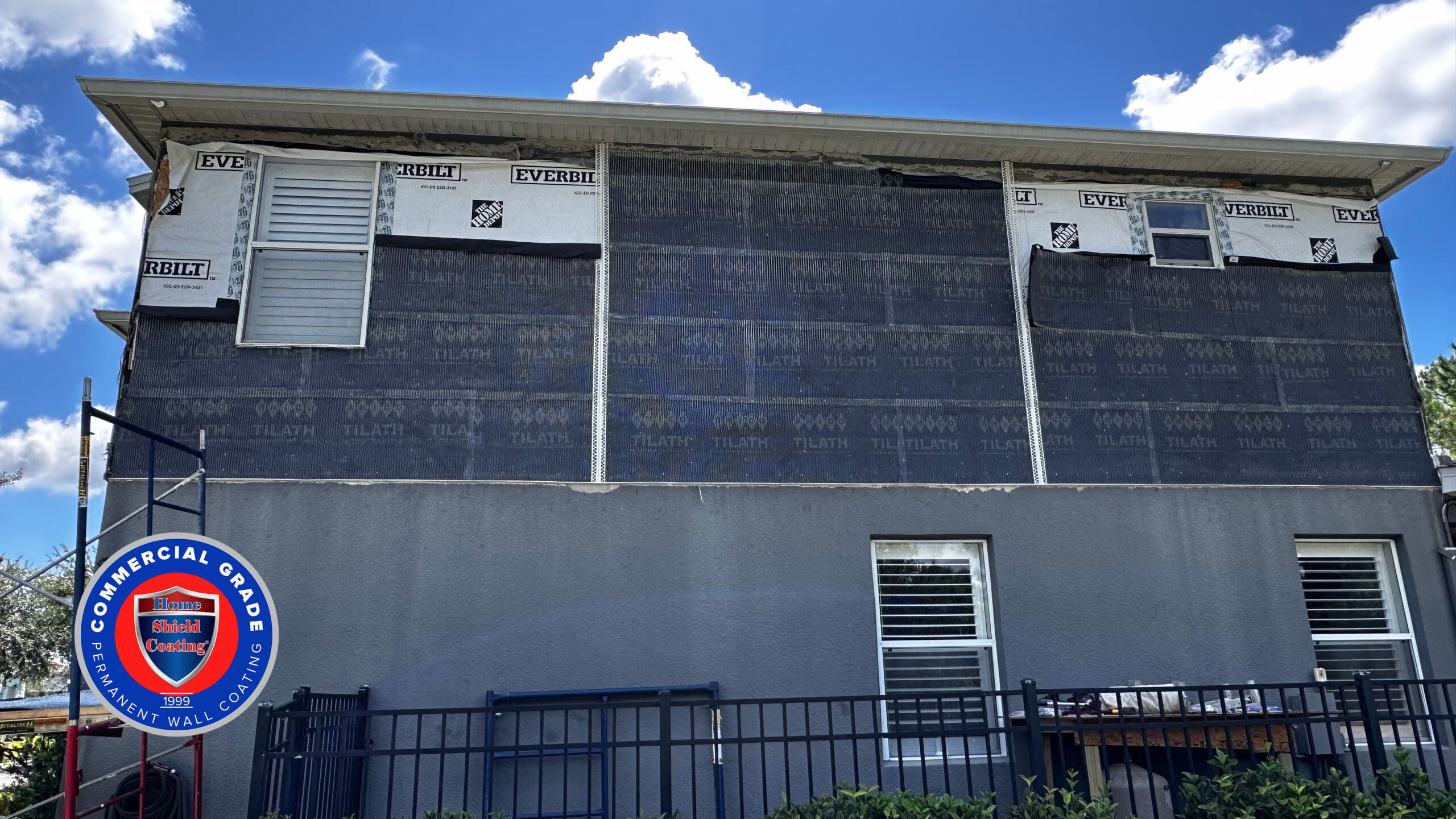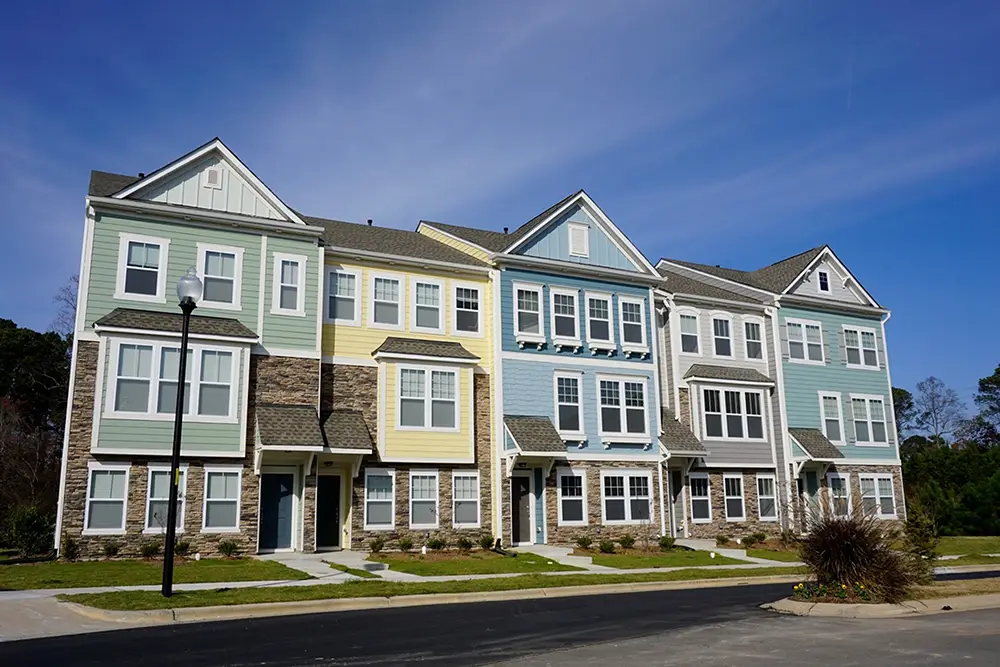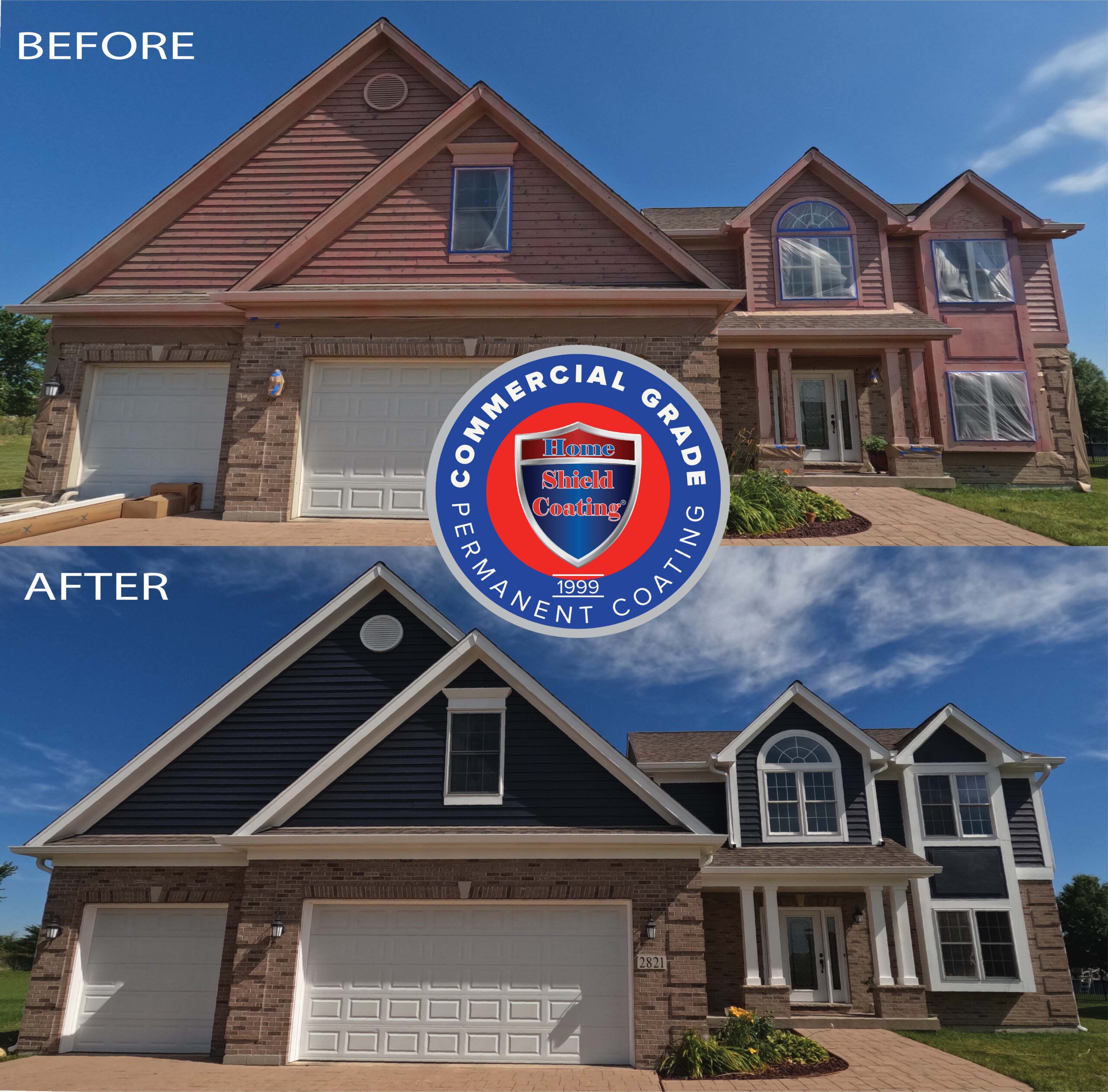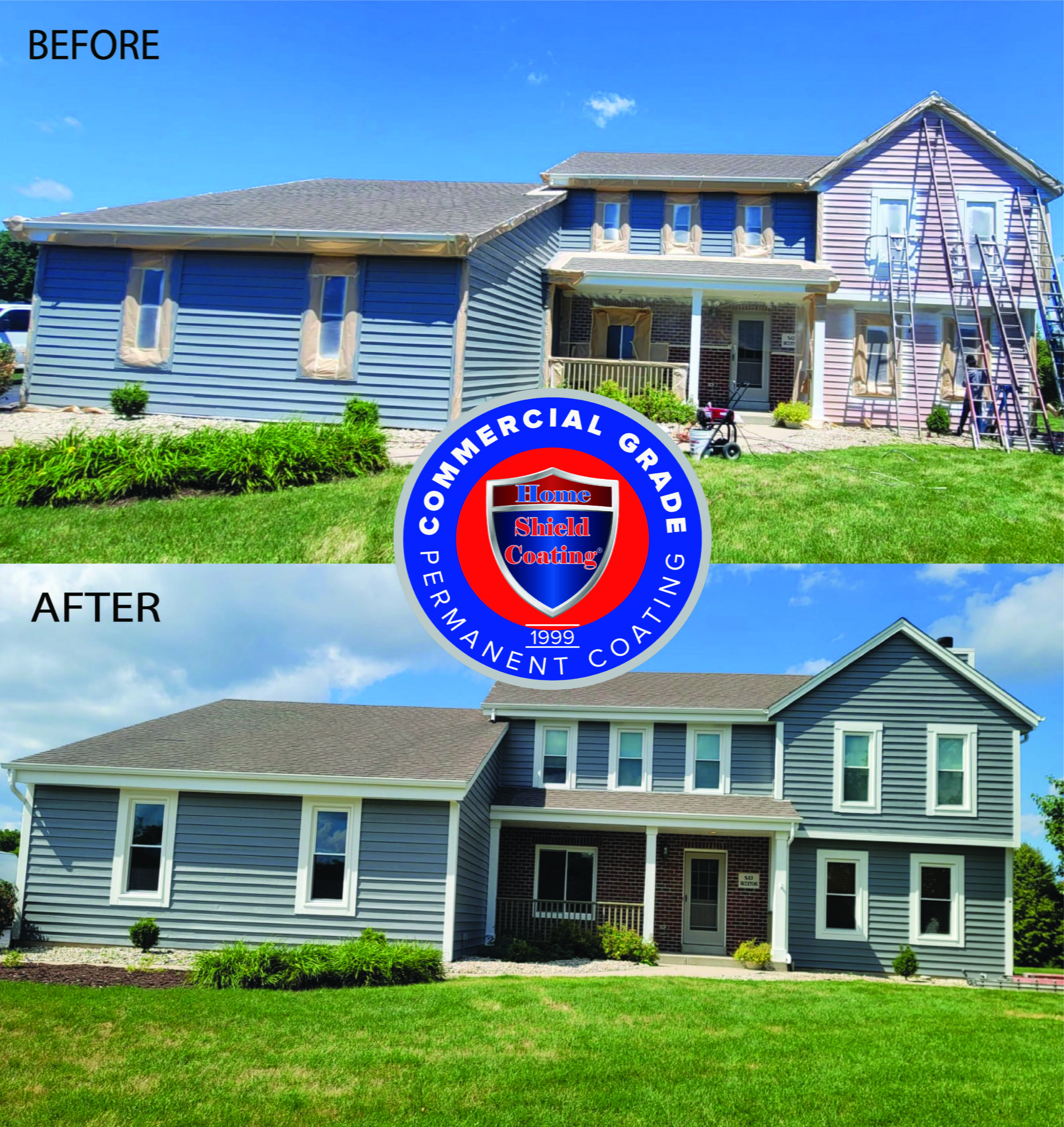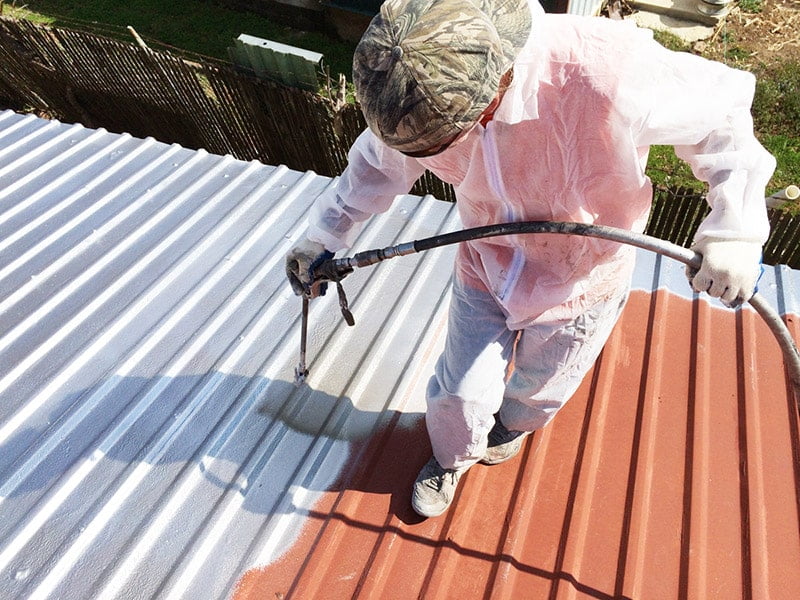
Elastomeric Roof Coating
Our Roof Shield Coating® revolutionizes roof maintenance, saving customers thousands by drastically extending the life of old roofs. These coatings not only prevent expensive re-roofing but also enhance energy efficiency and comfort.
The U.S. Department of Energy confirms that a Cool Roof significantly reduces utility bills by limiting heat transfer. Infused with advanced ceramic microspheres, Roof Shield Coating® excels in cooling your indoor environment, especially in hot weather, when paired with lighter roof colors.
Energy Savings with Elastomeric Roof Coating
Opting for an elastomeric roof coating can yield substantial energy savings and improve building comfort. The advantages include:
- Reduced Energy Bills: Cool roofs reflect more sunlight, leading to significant energy savings and reduced monthly bills.
- Decreased Air Conditioning Needs: A cooler interior lowers the demand for air conditioning, offering energy and cost benefits.
- Potential Rebates: Some areas provide rebates for cool roof installations, further increasing your savings.
Elastomeric Roof Coatings: A Cost-Effective Alternative to Re-Roofing
Cool Roofs are perfect for sun-intense southern climates. However, in colder northern regions, they may increase heating demands. In such climates, choose mid-tone colors like grays and browns for balanced energy efficiency and warmth retention.
Learn more about Elastomeric Roof Coating benefits on our Roof Shield Coating® product page.
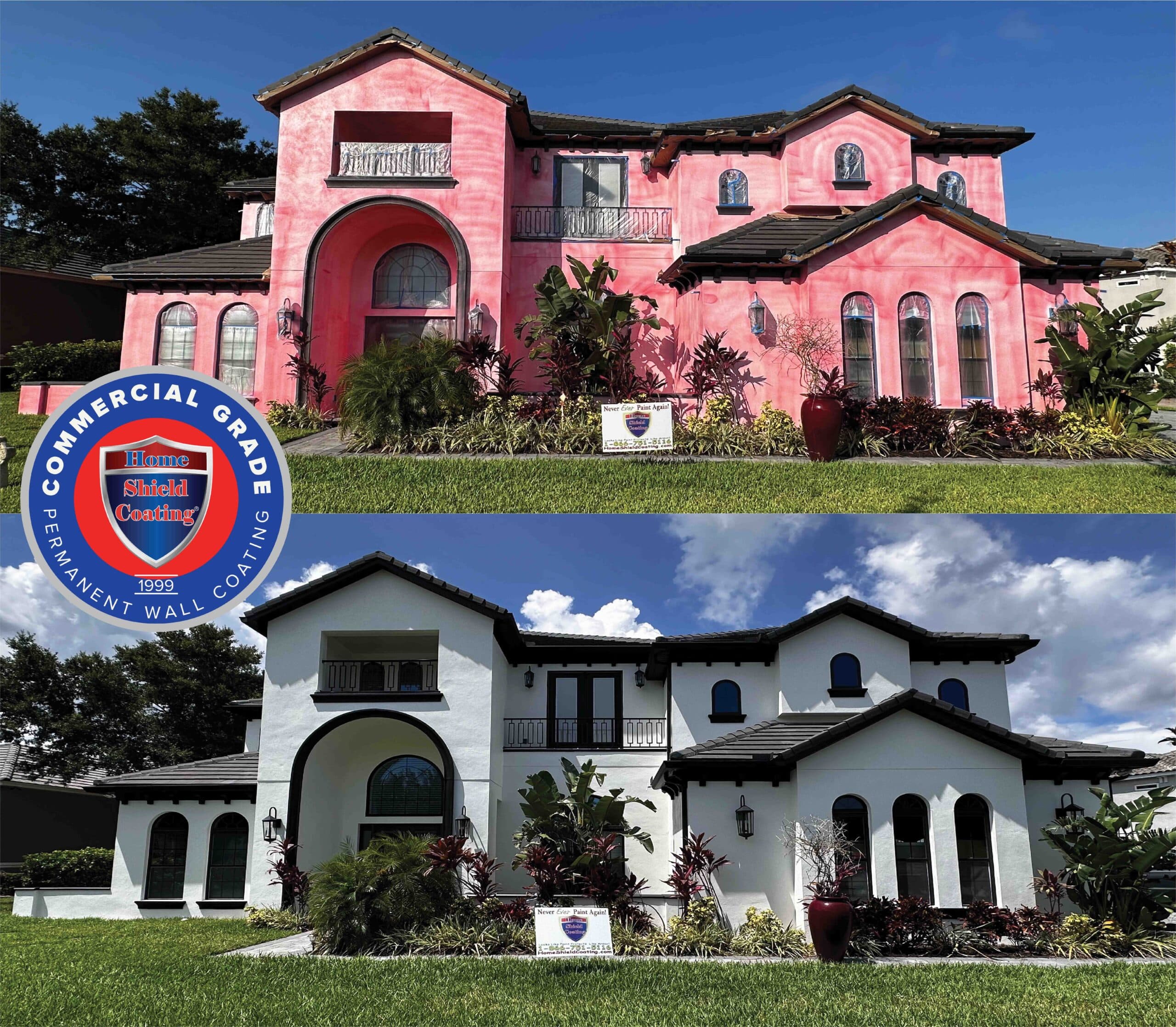
Elastomeric Wall Paint
Elastomeric paints have earned a solid reputation as a longer-lasting alternative to traditional latex paints. When properly prepared and applied by professionals with two coats, Elastomeric paints can easily endure for over 10 years on walls. However, it’s important to note that applying Elastomeric paint requires a certain level of experience and expertise. Achieving the best results necessitates the use of a commercial sprayer due to the product’s thickness. Consequently, the application of Elastomeric Paint isn’t recommended as a DIY project.
Problems with Elastomeric Paint
One of the early challenges with Elastomeric Wall Coatings was their application in excessive thickness on walls without a proper primer. This thickness inhibited moisture from passing through and led to coating failures, resulting in issues like blistering, peeling, and separation from the wall. It was a common misconception that “the thicker, the better,” but this wasn’t entirely accurate. The coating needed to strike a balance between being thick enough to outlast regular paints and thin enough to allow proper breathability. In summary, the initial problems with elastomeric coatings were primarily caused by applying them too thick without using a primer.
Is Elastomeric Paint Worth It?
Yes, but its worthiness largely depends on the intended application. Elastomeric Paints are an excellent choice for roofs, stucco, and brick walls due to their durability and longevity. However, it’s worth noting that Elastomeric Paint is more expensive, costing about 2 to 3 times more than regular paint. Nevertheless, the investment pays off as Elastomeric Paint can provide over 10 years of protection, compared to the 3 to 5 years typically expected from traditional latex paint.
Is Home Shield Coating® an Elastomeric Paint
Not precisely. Home Shield Coating® is an elastomeric copolymer resin, which makes it a hybrid coating. Over the years, dedicated scientists, engineers, and chemists have made substantial advancements in improving elastomeric coatings. They have discovered new materials and techniques to enhance the adhesion and longevity of these coatings. Home Shield Coating® distinguishes itself by being thinner and lighter than original elastomeric coatings, allowing it to breathe more effectively. Additionally, Home Shield Coating® is applied over a special bonding agent primer known as “pink primer.” This remarkable primer is designed to penetrate the surface it’s applied to and dries into a tacky pink film. Subsequently, two coats of Home Shield Coating® topcoat are applied over this tacky film. Home Shield Coating® is designed with cost savings in mind, offering a practical alternative to repainting or staining. It proves to be a versatile coating suitable for Cedar Siding, Hardie Board, Aluminum Siding, Brick & Stucco, and it’s available in a wide range of colors. Start saving money on exterior painting by scheduling your Free Estimate today.


